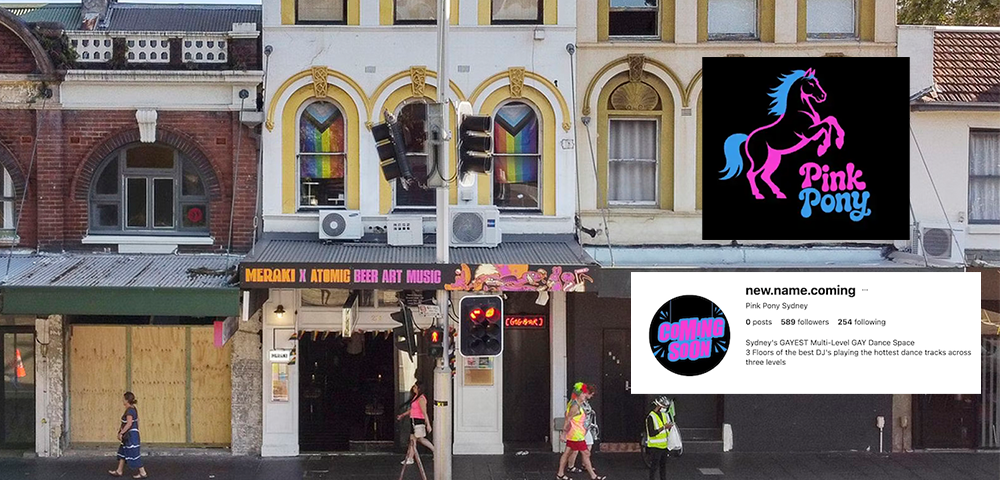
Smart Fortwo Cabriolet: too smart by half
In Middle Earth maybe, but even in congested Sydney the Smart sadly makes no sense.
Here the 2.5-metre Fortwo’s wee-ness is wasted, as there are none of the tax, parking, registration, ownership or infrastructure incentives some European Smart drivers enjoy.
Plus it costs a whopping $21,990-plus, or $5K more for the Cabriolet tested here.
Behind its space age looks and specification lies a rear-engine rear-drive application suspiciously similar to the original VW Beetle. Happily though, that’s where the similarities end.
For one thing the Smart is way safer -“ thanks to a long wheelbase, anti-roll bars, modern tyres and a lexicon of computerised stability electrickery all conspiring to keep things planted. Even in tight corners and on slippery surfaces, fast turns can be tackled with confidence.
But in no way will keen drivers revel in the way this thing handles. There’s just no steering feel filtering through. Worse still is just how harsh the Fortwo’s ride is. In a city car, that’s just not on, making the Smart a harsh urban companion.
Still, ride aside, the Smart can be fun to punt around thanks to a tiger of a tiny turbocharged 698cc three-cylinder single-cam petrol engine. Pumping out a plucky 45kW of power and just 95Nm of torque, performance is nonetheless eager, spirited and accessible.
Top whack is an electronically limited 130km/h -“ and it’s fairly stable at such speeds unless there are crosswinds. But it drones on a bit. The driver has a six-speed clutch-less sequential manual transmission to row along. In motorcycle style a lever is tapped forwards or back. The gearbox is a little slow to change up (especially if you’re trying to join into fast-moving traffic), but after a while you get used to it. Thankfully the Smart’s a sipper of fuel and easy to control and stop.
Cleverly it also has changeable plastic body panels that allow for changes as fashion or boredom sees fit. Sassy describes the Smart inside, which is amazingly spacious due to a vast windscreen, humongous doors, an airy ambience and exceptional shoulder and legroom.
It’s only when you turn your head that you realise that the cabin ends where you expect rear passengers’ knees to be. It’s kinda weird and messes with your mind’s spatial perceptions. Thanks to slim yet supportive seats, a fine driving position that gives its occupant the benefit of elevation, a chunky little steering wheel and adequate ventilation, the Smart’s pretty comfy. On the other hand, the thick pillar just beside the driver does a sterling job blocking side vision.
The fascia is peppered with funky details like the cloth trim and the (optional, at $280) pod clock and tachometer that stare at you like an intoxicated Jar Jar Binks. Equipment levels are decent for one as dinky as this, and include air-conditioning, power windows, keyless entry, a CD player and alloy wheels, as well as safety items like dual front airbags, an electronic stability program and anti-lock brakes.
The Cabriolet’s electric roof slides like a giant sunroof back to the top of the rear window. That too collapses and, along with the removable (and storable) side window bars, makes for a fuller, if somewhat fiddly, open car. It adds to the fun though. But the reduced luggage capacity that results means the Fortwo is a very limited load carrier. Count on only soft baggage for bigger trips.
A trip is what best describes this shortest of all passenger cars sold in Australia. There are more sensible and far cheaper runabouts that are virtually as city-friendly. Honda’s excellent Jazz GLi springs to mind.
And for the Cabrio cash I’d settle for a five-year old Mazda MX-5 every time. But if you really, really want one, I guess you can justify it by knowing that you have to find another $165,700 for the only other rear-engine contender, Porsche’s 911.









